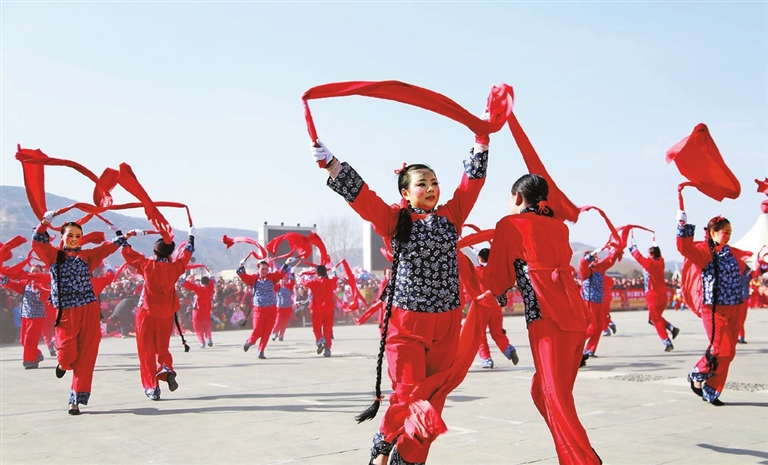
Daniel Otero Al Pacino got dance perfectly in “Scent of a Woman.” Currently, the Chinese are also timing it to near perfection, that same beat across plazas and squares. Where most groups or clubs gather to the old electronic sounds of Teresa Teng with her hit, “Sweet As Honey” (1979), and get into a rhythm that is uniquely their own. Sometimes dancing up to two or three hours at a time during the evenings, between 6 and 9 p.m. That is the philosophy of the dance. A momentum of those gathering together to achieve something fun and learn its graceful steps. There is this beauty to feeling free when dancing and shaking your backside! Many of the older generation do gather every night or if not, throughout the weekends to enjoy these positive dance steps with gusto, which is something I’d wish I could see more of it in the U.S. While we sit on our fat behinds getting obese, the Chinese society begin doing something that is as ancient as the Tang Dynasty (618-907) or later with the Song Dynasty (960-1279) in the Yangko dance. Yangko is a folk style that came together through the Han culture, evolving into colorful costumes and dance-troupes, which together evoked beauty in swan or sway of movements unique and special in their own way. The feet in this (Yangko) dance are in-sync, a coordination that is gracious, with sexy arm movements and strong hip/waist steps to really showcase the human anatomy in a superb way. It’s gorgeous just to watch the motions, and through the entire country this art-form can still be seen; it hasn’t disappeared at all. The latter two (Tang and Song) dynasties were considered the “golden era” in the flourishing of arts in China. But it wasn’t until the 1950s that calisthenics were incorporated into the “life blood” of the country to keep healthy, active and in shape. Workers from all over the country would gather in courtyards to do their respective exercises in the morning before going to work; it was said that these sports were a way to improve not only the physique, but also to encourage people towards a better positive mental attitude. Calisthenics were performed with a military-band style music, and this took on a cultural life form of its own. From the 1980s onward, when that generation had retired, these retirees continued to literally perform in town squares. But now, the new thing is to use Mando (Sino) Pop, and from this point we have “square dancing.” The creation was just lovely! A unique blend goes back more than 1,000 years! As seen by any person who travels through China, it doesn’t go unnoticed how this activity has become a unique part of the Chinese way of life. Today, whether dancers are in Shenzhen, doing an electronic beat with salsa; Nanjing, practicing a waltz; or a couple doing a tango in Shanghai; these cultural gatherings have persisted through millennium, space and time, and are even integrated into dance competitions on TV shows. But it certainly can be accredited back to the Tang and Song dynasties. This origin remains for future generations: a magical, graceful way to exercise, do sports and simply, dance way! | 
